The scientific community has witnessed a groundbreaking leap in molecular biology with the unveiling of AI-powered predictions for over 200 million protein structures. This monumental achievement, spearheaded by DeepMind's AlphaFold and the European Molecular Biology Laboratory’s European Bioinformatics Institute (EMBL-EBI), has effectively mapped the "protein universe" – a term now synonymous with this vast repository of predicted protein shapes that span nearly all known organisms on Earth.
The implications of this breakthrough cannot be overstated. Proteins are the workhorses of life, governing everything from cellular structure to metabolic processes. For decades, determining their three-dimensional architecture required painstaking experimental methods like X-ray crystallography or cryo-EM, often taking years per protein. Now, with deep learning algorithms trained on known protein structures, researchers can access accurate models of nearly every cataloged protein sequence in public databases.
What makes this development particularly remarkable is its democratizing effect on global research. The AlphaFold Protein Structure Database, which initially launched with 350,000 predictions in 2021, has now expanded to include structures from organisms ranging from bacteria to plants to humans. Scientists in developing nations, who may lack access to expensive laboratory equipment, can now explore protein functions through computational models. This levels the playing field in ways previously unimaginable.
The technology behind this feat represents a masterclass in machine learning application. AlphaFold's neural networks were trained using physical and biological knowledge about protein folding, learning patterns from the Protein Data Bank's archive of experimentally determined structures. The system doesn't just memorize shapes – it understands the underlying principles of how amino acid sequences dictate molecular geometry. This allows it to make high-confidence predictions even for proteins unlike any in the training set.
Early adopters have already demonstrated the database's transformative potential. In malaria research, scientists used predicted structures to identify previously unknown binding sites on parasite proteins. Agricultural biologists are examining crop pathogen proteins to develop disease-resistant plants. Even the study of extremophiles – organisms thriving in extreme environments – has benefited, as researchers can now model the unique proteins that enable survival in boiling hydrothermal vents or frozen Arctic waters.
Yet challenges remain in this new era of structural biology. While the predictions are remarkably accurate for many proteins, some categories – particularly those with disordered regions or membrane-bound configurations – present ongoing difficulties. The scientific community must also develop standards for using these predicted structures in drug discovery, where subtle molecular differences can mean the difference between an effective medication and a failed compound.
The environmental impact of this research deserves special attention. By enabling rapid understanding of enzymes involved in carbon fixation or plastic degradation, the protein structure predictions could accelerate bioengineering solutions to climate change. Researchers are already sifting through the database to identify proteins that might be optimized for breaking down pollutants or capturing greenhouse gases.
Looking ahead, the next frontier involves moving from static structures to dynamic interactions. Proteins rarely work in isolation – they form complexes, undergo conformational changes, and interact with other molecules. Several research groups are now building upon AlphaFold's architecture to predict how proteins combine and communicate, which could unlock new understanding of cellular signaling pathways and disease mechanisms.
Ethical considerations accompany these technological advances. As protein prediction converges with generative AI, the potential to design novel proteins brings both promise and peril. The same tools that might engineer proteins to cure diseases could theoretically be misused to create harmful biological agents. The scientific community faces the urgent task of establishing governance frameworks alongside these rapidly developing capabilities.
The release of these 200 million protein structures doesn't mark an endpoint, but rather a new beginning for molecular science. Like the telescope's expansion of astronomical horizons or the microscope's revelation of the microbial world, this computational achievement provides a new lens through which to examine life's building blocks. As researchers worldwide begin mining this unprecedented resource, we stand on the threshold of discoveries that may transform medicine, ecology, and our fundamental understanding of biology itself.
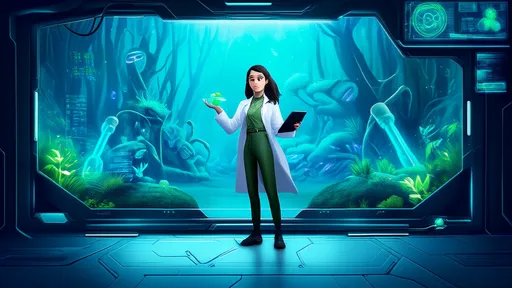
By /Aug 7, 2025

By /Aug 7, 2025

By /Aug 7, 2025
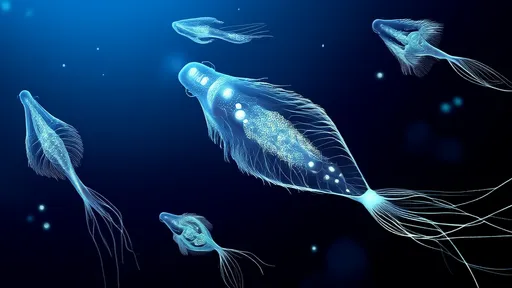
By /Aug 7, 2025

By /Aug 7, 2025
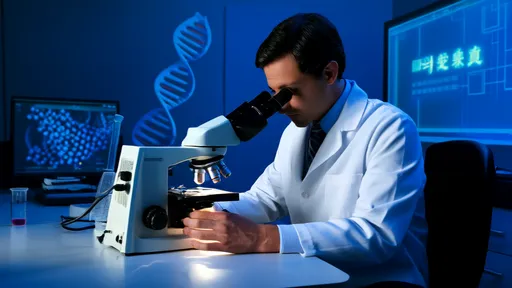
By /Aug 7, 2025
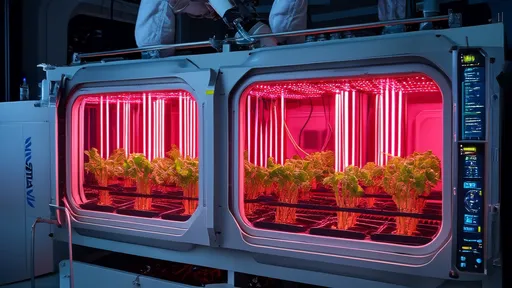
By /Aug 7, 2025

By /Aug 7, 2025
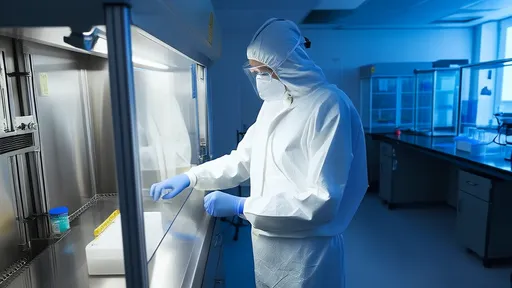
By /Aug 7, 2025
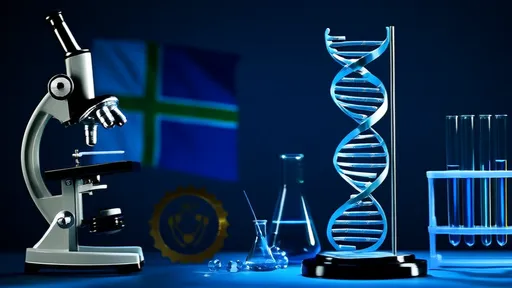
By /Aug 7, 2025
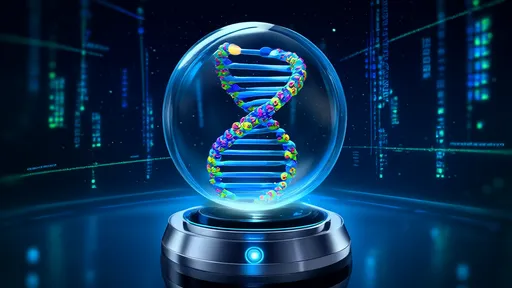
By /Aug 7, 2025

By /Aug 7, 2025

By /Aug 7, 2025
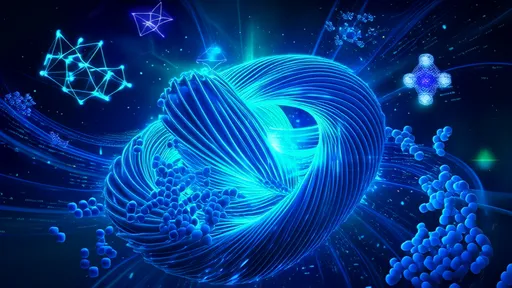
By /Aug 7, 2025
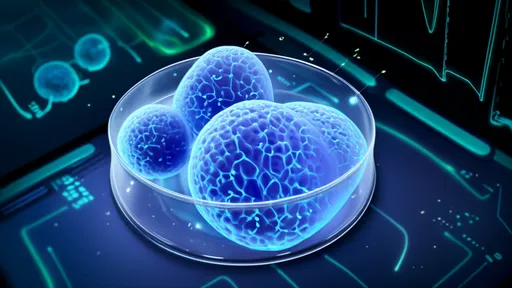
By /Aug 7, 2025

By /Aug 7, 2025

By /Aug 7, 2025
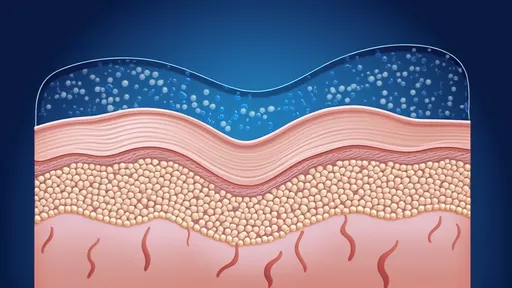
By /Aug 7, 2025
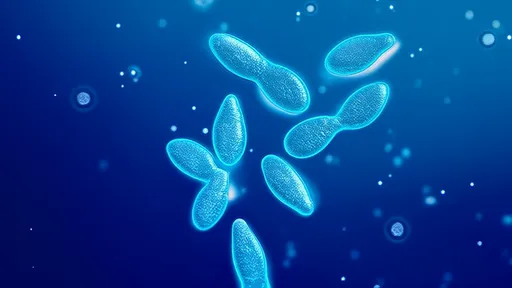
By /Aug 7, 2025

By /Aug 7, 2025